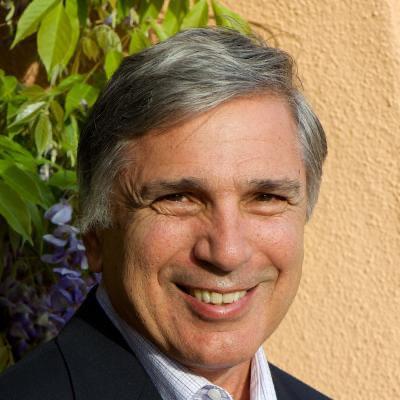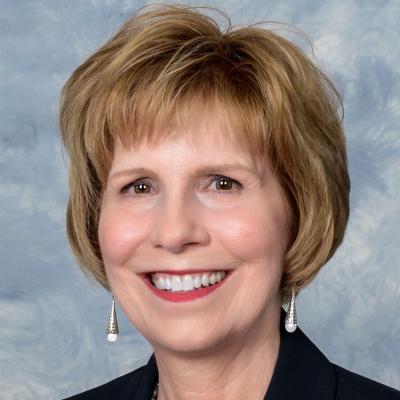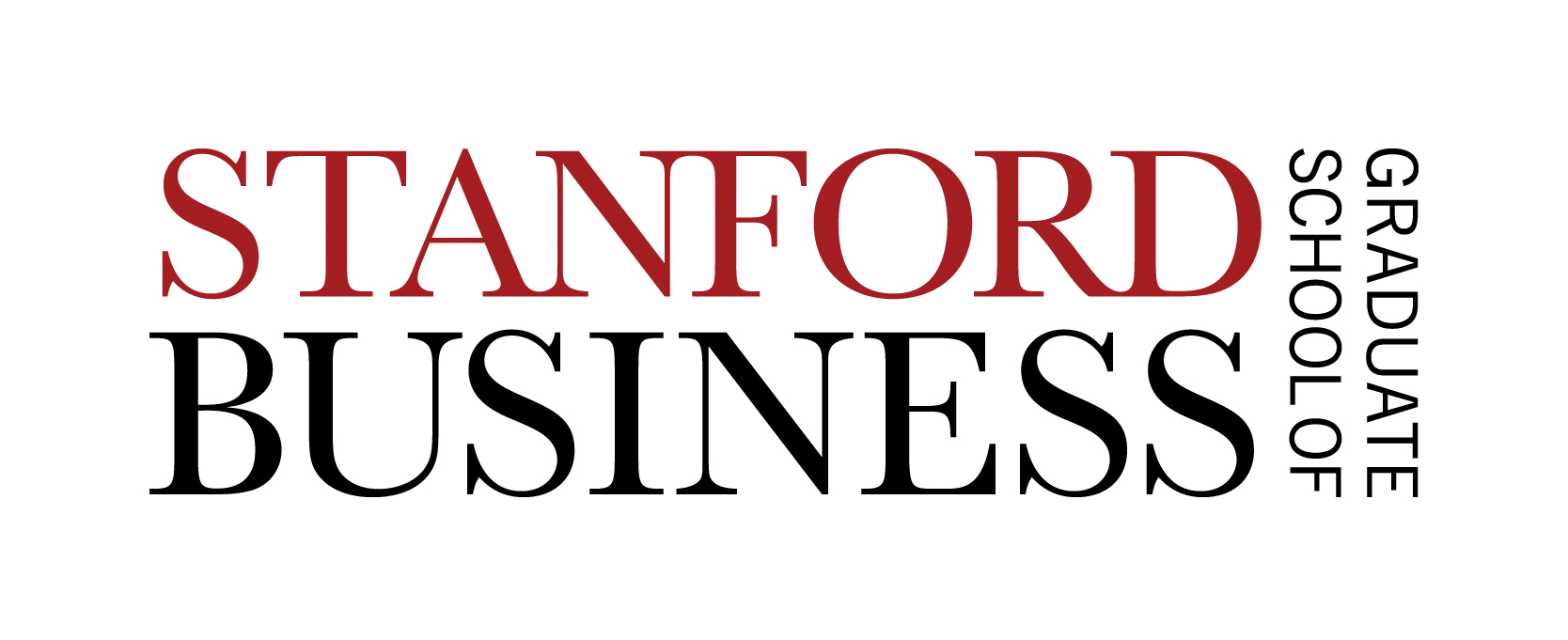
Director of Schools and Director of Humanities
Rocketship Public Schools
Inaugural cohort member, Eesir Kaur, discovered the value of perspective taking to improve collaboration among teams at her organization.
Read her story and check out the perspective-taking exercise here.

Stanford EdLEADers Course Facilitator
Former Superintendent Sequoia Union High School District
When the pandemic began to impact schools in the spring of 2020, we invited our subscribers to participate in a Stanford Graduate School of Business (GSB) preview course entitled, Leadership in a Time of Crisis. For those who missed the opportunity to participate in the course, this article from the GSB does a wonderful job of highlighting key points made by Professor Callander. The real-world applications of Callander’s leadership insights for school district challenges are evident in a recent conversation we had with former Superintendent Jim Lianides.
In 2012, Superintendent Lianides began meeting monthly with a group of Ravenswood Elementary School District principals to address 8th to 9th-grade transition issues. These conversations drew his focus to the existing school boundaries that were dividing cohorts of Ravenswood middle school children among three different high schools. There were also equity disparities in his own district; for example, the most at-risk students were being bused forty minutes away from their homes each day, and the same population had the lowest attendance rates and highest dropout rates.
Crisis = non-routine event requiring a timely response
In 2013, Superintendent Lianides became aware of a 20% increase in student enrollment at the Ravenswood Elementary School District, which feeds into the Sequoia Union High School District. All four district campuses would need to increase capacity to accommodate the inevitable student influx, increasing the student population to nearly 9,500.
Reputation = competence and empathy
Since joining his district five years prior, Jim Lianides frequently demonstrated his ability to listen to both sides of an argument and put forth creative, balanced solutions to difficult, polarizing issues. As he explored changing boundary lines to address equity concerns, Lianides began presenting his ideas to district teachers and staff. Through maps, visuals, and data, he gained support by telling the story of how individual students were adversely affected by the current district boundaries.
Threats and opportunities
Changing school boundary lines was an opportunity created by the increased attendance crisis, but it also posed a potential threat. Funding new classrooms and facility upgrades to accommodate more students would require approval of a new bond. As Lianides explained,
“If the community was unhappy with the boundary changes, they could express their displeasure by voting ‘no’ on the bond measure to fund the accommodations for the influx of students.”
Seize the opportunity to articulate what you stand for
Lianides and his supporters seized upon the pressing need to mitigate capacity issues in his district to also address the long-term equity issues. By adjusting school placement boundary lines, the district was able to place more students in schools to which they felt a connection and keep cohorts of students together as they transitioned to high school. In time, graduation rates improved.
Successful leadership practices
When asked to identify key tactics that led to the success of his efforts, Jim Lianides shared the following best practices.
Support decisions with good data
Superintendent Lianides had dot maps and visuals identifying where each student lived and the schools they attended and could show how these would be affected by the proposed boundary changes. He also looked at the data for transfer requests to gain understanding on which schools the students preferred to attend.
Listen to all input
The district held multiple community meetings to explain their proposal and listen to concerns. Fluent in Spanish, Lianides held back-to-back meetings in English and Spanish, and provided presentations in both languages, to make sure everyone in the community understood his message and had the opportunity to be heard.
Base your message on a shared sentiment
Through listening carefully to parents’ input, Lianides identified an underlying universal sentiment:
“Families, whether or not they were affluent, wanted their kids to stay together as a cohort all the way through. In other words, the elementary schools would feed into the same middle school and then everyone in that middle school would go to the same high school. That was a common theme, no matter where I went."
He used this one consistent idea, that everyone in his community could agree upon, to gain support for the new school district boundaries. After much effort expended by Lianides and his supporters, the board approved the proposed changes, the community supported the bond, and the boundary lines on the map were moved.

Superintendent Hamilton County Schools
Current cohort member Bryan Johnson is one of four chiefs to recently join Chiefs for Change, a bipartisan network of state and district education leaders. Learn more.
Congratulations to current cohort member Dr. Bryan Johnson for being recognized as an AASA 2021 Superintendent of the Year finalist. Learn more.
Dr. Bryan Johnson was also nationally recognized as a “superintendent to watch” for "dynamic, fast-paced leadership with strong communication at its core.” Dr. Bryan Johnson, who is beginning his fourth year as a superintendent, has been recognized for district accomplishments locally, statewide, and nationally. Read article.

Stanford EdLEADers Course Facilitator
Congratuations to Dr. Terri Breeden on her new role as Columbus City Schools’ Interim Chief Academic Officer.
Congratulations to Stanford EdLEADers course facilitator Dr. Terri Breeden on her new role as Columbus City Schools’ Interim Chief Academic Officer. Dr. Breeden is a Central Ohio native who has spent decades working as an educator in school districts in Tennessee, Virginia, and Ohio. She recently retired as the Assistant Superintendent of Curriculum and Instruction for Shaker Heights City Schools in Northeast Ohio.

Inaugural cohort completes Stanford EdLEADers program
June, 2020
On June 24, 2020, members of an accelerated track of the Stanford EdLEADers inaugural cohort celebrated their program completion virtually with their cohort, and members of Stanford faculty and staff. As the afternoon celebration proceeded, cohort members had the opportunity to share their reflections and experiences.
When Stanford’s professional development program for school district influencers was first conceived, course designers set out to address the expressed needs of education leaders throughout the nation, namely:
- business management curriculum and toolkits;
- support and camaraderie of like-minded peers; and
- flexible learning environment for demanding schedules.
On June 24, 2020, members of an accelerated track of the Stanford EdLEADers inaugural cohort celebrated their program completion virtually with their cohort, and members of Stanford faculty and staff. As the afternoon celebration proceeded, cohort members had the opportunity to share their reflections and experiences. Hear what they had to say.
Business management curriculum
Business management curriculum is “traditionally an overlooked aspect of many leadership development programs in the education space,” and there is value in “having those skills and toolkits to rely upon for what is a very critical aspect of our work— running large educational institutions that function similarly to organizations in the business world.”
—Peter Boyle, Director of Educational Leadership and Innovation, Center for the Future of Arizona at ASU
Other degrees and programs do not “carve out a space for conversations about negotiation or project management. I feel like the EdLEADers program gave me the sandbox to really dive into that with colleagues that I could trust and rely on and call and say, ‘How are you handling this? How are you looking at this?’ ”
—Paula Dillon, Assistant Superintendent, Barrington Public Schools
Using the negotiation skills learned in the program “literally saved a million dollars which now we can dedicate to further programming opportunities for kids and teachers.”
—Peter Boyle, Director of Educational Leadership and Innovation, Center for the Future of Arizona at ASU
Strong cohort of education leaders
“The opportunity to work with like minds across the landscape was the most powerful piece. Stanford did the screening, created access to other strong leaders who are out there trying to move and change things.”
—Carmen R. Darville, Chief of Staff, YES Prep Public Schools
“The world of leadership can be slightly lonely. And so, it’s a really truly amazing experience to be able to expand the group of people that I can call on and say, ‘I need help,’ and rely on them for that partnership.”
—Larisa Shambough, Chief Talent Officer, School District of Philadelphia
Virtual, flexible program
“To be honest I was a little bit skeptical of online programs until I started. It changed my life! I have never seen an online program this strong, well prepared … right amount of time, and it's so relevant to my current job!”
—Dogan Tozoglu, Executive Director, River City Science Academy

